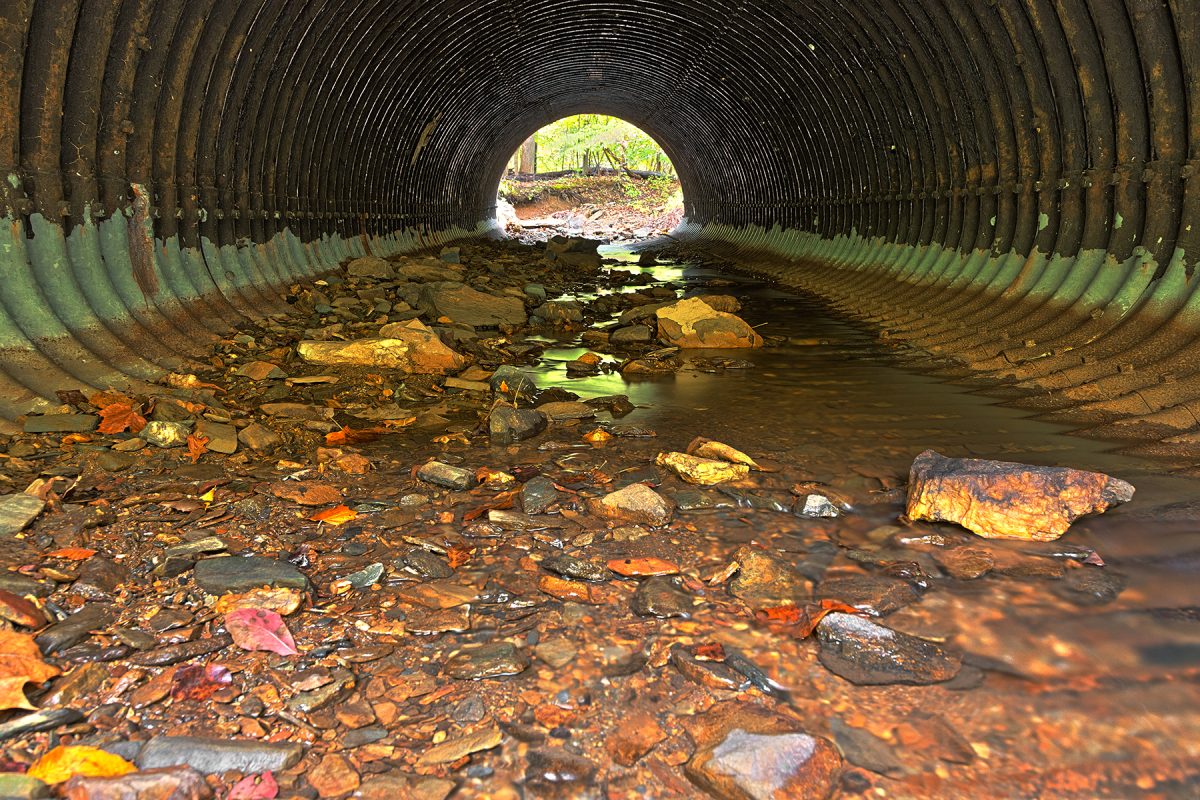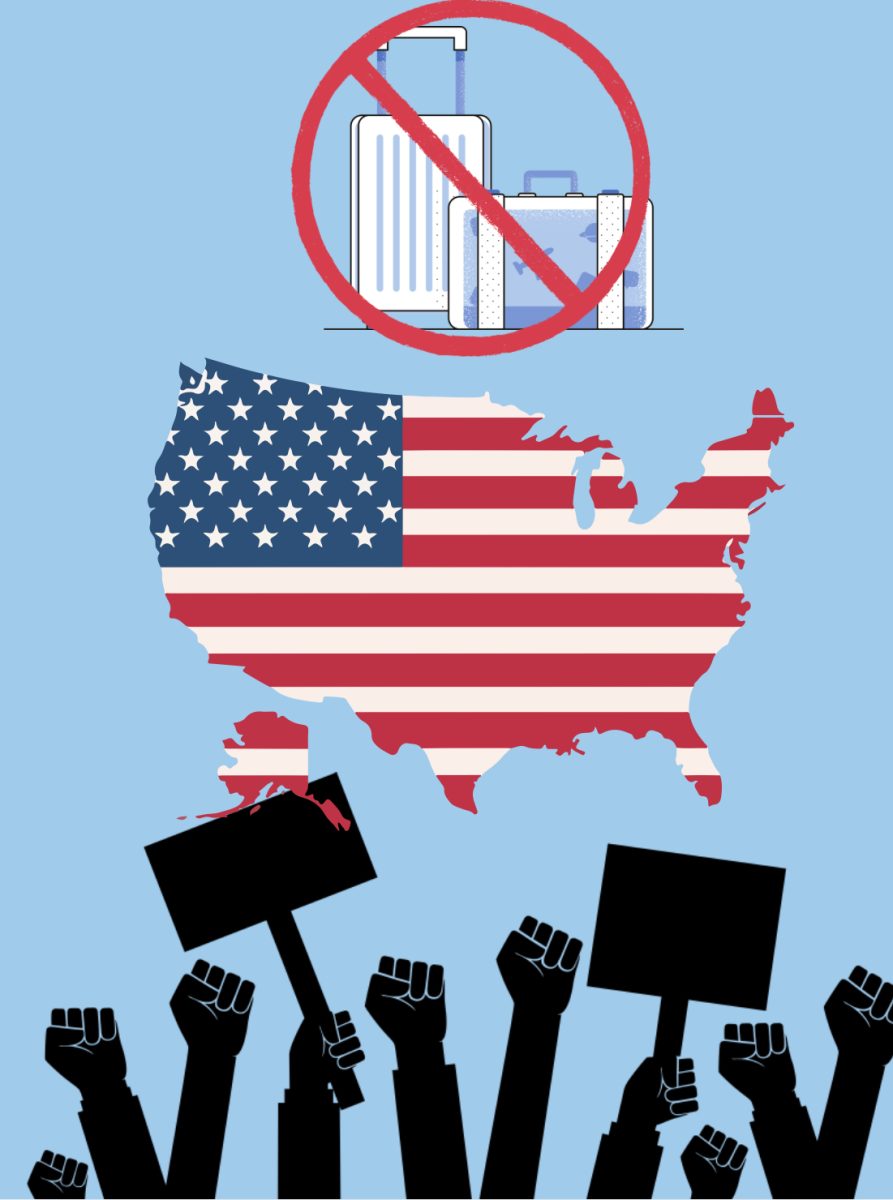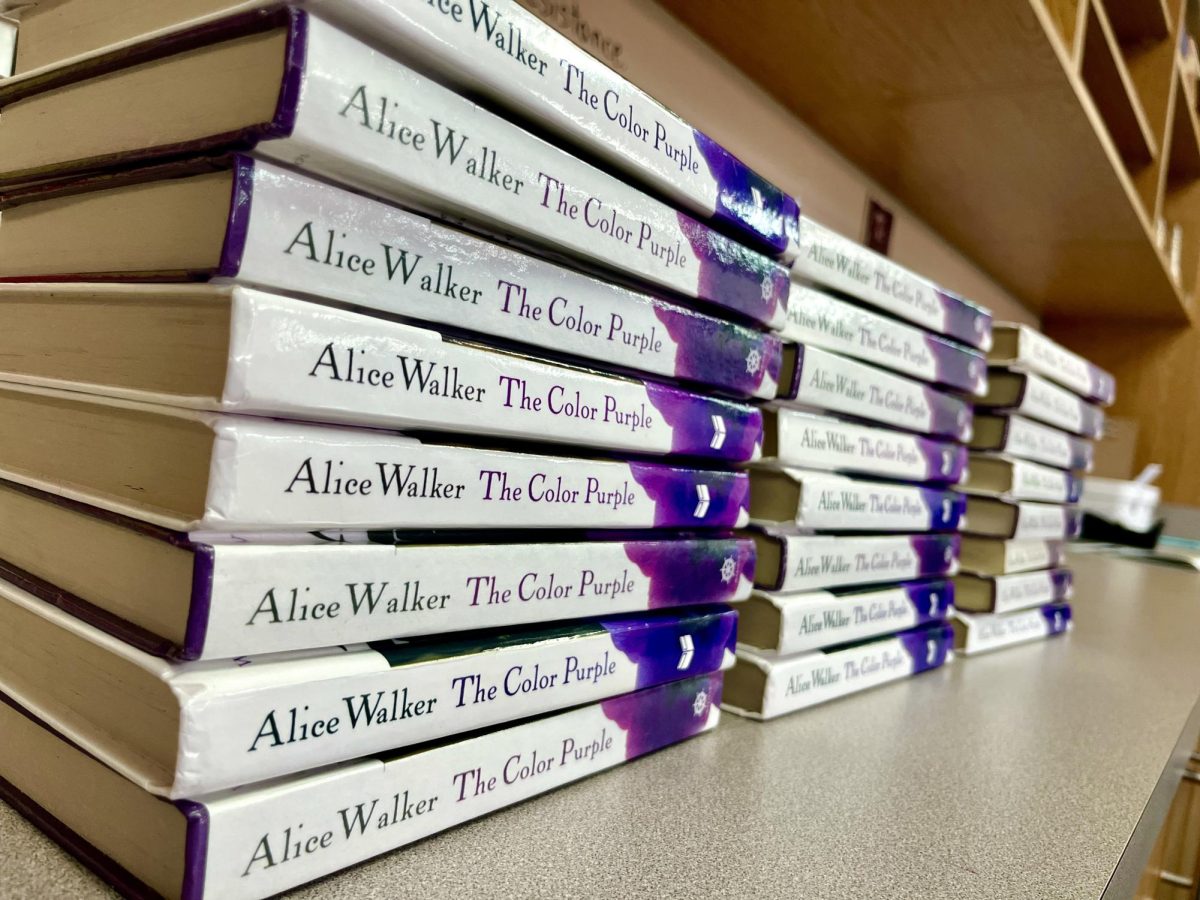In Nebraska, farmer James Osborn shocked the Nebraska Oil and Gas Conservation Committee at a 2014 public hearing when he asked the board of executives to drink brown, murky contaminated water produced by oil fracking waste.
In South Carolina, resident Tom Kennedy was diagnosed with stage 4 terminal brain cancer. When it was revealed that DuPont had been dumping toxic manufacturing waste into the local Cape Fear River, from which South Carolina residents source their water, all arrows pointed to the contaminated water being the cause of his diagnosis.
In Alabama, residents were forced to drink bottled water for days after a dam broke, rendering all drinkable water muddy and contaminated. Businesses were forced to close on account of the water crisis, and people were left waiting for the sediment in the water to settle before they could drink from the tap again.
Water pollution is not a foreign concept, but it is one that seems far from home. Water pollution, or a general lack of clean drinking water, is not typically an issue that seems to endanger Americans. Alarmingly, the contrary is becoming true.
Again and again, stories emerge of American towns left with chemically-polluted water that have rendered an image of destitution in an otherwise developed country.
Water quality is consistently decreasing across the United States, primarily for consumption. Toxic waste, oil fracking, and lead contamination are increasingly infecting the drinkable water supplies across the US, leaving a first-world country without water.
Polyfluoroalkyl chemicals (PFAs, or ‘forever chemicals’), are finding their way into the water, and toxic waste is to blame. According to CNN, half of the United States’ water sources are infected with PFAs, as revealed by a government study. Despite government regulation and legislation, power plants, chemical companies and auto manufacturers, and other industries evade the law and continuously dump industrial waste into water sources across the country.
PFAs, a ubiquitous category of synthetic chemicals, are highly toxic to humans, and their nickname ‘forever chemicals’ is no joke: PFAs linger in one’s body longterm, with lasting detrimental effects. PFAs are linked to issues like cancer, obesity, liver damage, hormone suppression, thyroid disease and decreased fertility rates. In fact, a woman with high levels of PFAs in her blood has a 40% lower chance of getting pregnant than a woman without these chemicals in her blood. Worse yet, studies show that almost 99% of Americans are contaminated with PFAs at varying degrees.
But why is the water in the US contaminated? It is clear that the US’ water infrastructure has a major flaw, which is threatening water quality and safety across the country. Jackie Medcalf, executive director of the Texas Health and Environmental Alliance, addressed the state of the national water infrastructure: “Here in America, we naively think that we have these environmental government agencies looking out for our water quality. And that if something were wrong with the drinking water flowing into our homes or onto our properties, we would be notified, but that’s not exactly the case.”
The first of numerous flaws in the US’ water infrastructure is a lack of maintenance and investment. Water systems across the US have grown dilapidated and unkept over the years, leaving many towns and cities’ water infrastructure on the verge of collapse.
Residents are left grappling with a bevy of different issues regarding their drinking water, like in Buffalo, New York, where the water pipe system is over 80 years old. These pipes have contaminated Buffalo’s drinking water with lead, a neurotoxin. Citizens of Buffalo have almost triple the exposure to lead as the citizens of Flint, Michigan had in 2014. To date, the city has removed upwards of 2,000 lead pipes, though almost 40,000 still remain.
The US’s water infrastructure is incredibly neglected and run-down, though that is not the only reason for the US’ water problems. A lack of government interference is also to blame, especially for PFAs and other toxic chemicals seeping into the water supply.
Manufacturing facilities have been known to dump toxic sewage and chemicals into local bodies of water for convenient disposal. Companies like Northrop Grumman, LyondellBasell Industries and NextEra Inc. are among some of the highest contributors to water pollution in the US. These companies top the Political Economy Research Institution’s list for the amount of toxic waste disposed of in natural bodies of water.
Section 301 of the Clean Water Act states that it is unlawful for a company to dump toxic waste into waters, whether they be international or off of the US coast. Despite such laws being in place, individual corporations have numerous offenses of being caught illegally disposing of toxic waste. The enforcement of the law is evidently lacking, demonstrating yet another reason for the poor quality of water in the US.
Medcalf developed seizures and even partially lost the use of her hands in Houston, Texas, and later discovered she had elevated levels of 19 PFAs in her body. The water quality in Houston was to blame for her condition, considering that some of Houston’s largest water sources also happened to be designated dumping sites for local corporations. These sites had been contaminated for years and left festering before garnering the EPA’s attention.
The Mississippi River serves no better example for the detriments of water pollution. Almost 20 million Americans use the Mississippi River for drinking water, yet studies by the National Park Service show that “Stretches of the Mississippi River within the park corridor exceed water quality standards for mercury, bacteria, sediment, PCBs (polychlorinated biphenyl), and nutrients.” Though the water is heavily filtered before use, some of these toxins and chemical residuals are not able to be filtered, demonstrating the obsequious nature of PFAs.
Junior Victoria Rice has lived near the river majority of her life, and stated her observations of the Mississippi River as it grows increasingly polluted: “It’s alarming seeing stories emerge about the pollution and garbage in the river, and it makes me wonder about the quality of the water we drink here in the Quad Cities.”
Though the Clean Water Act contains specific provisions to mitigate water pollution, it is evident that large corporations continue to dispose of toxic waste into America’s freshwater sources at the detriment of citizens. The chronic underinvestment and upkeep of the nation’s water systems has led to extreme degradation of the US’ water quality, and these issues are likely to persist without government interference.










Nikhita Nallu • Dec 3, 2023 at 11:29 am
Great article! It’s concerning that there aren’t any laws requiring environmental agencies to disclose information about the quality of our water.